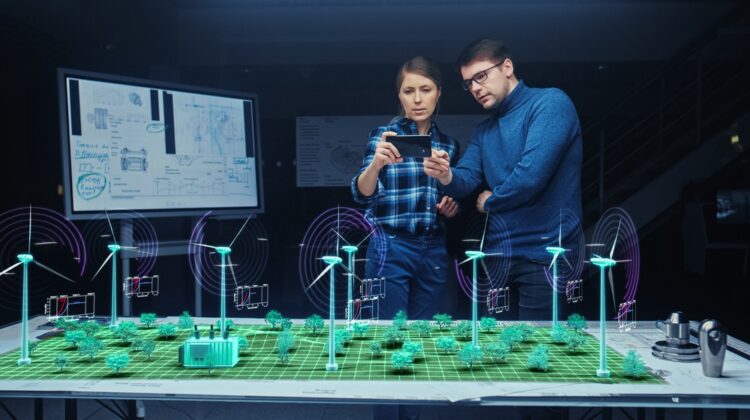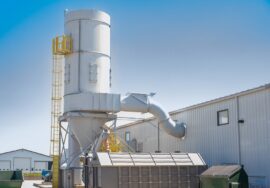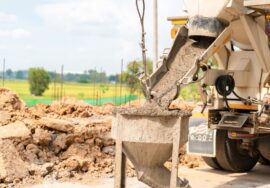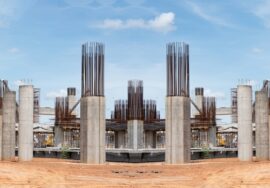
Low-Emission Construction Equipment for Sustainability
Low-Emission Construction Equipment for Sustainability
As the construction industry continues to expand, so does its environmental impact. From heavy machinery emissions to material transport, traditional construction practices contribute significantly to air pollution and carbon emissions. Fortunately, low-emission construction equipment is changing the game.
By integrating low-emission construction equipment, companies can reduce their carbon footprint, comply with green regulations, and lead the way toward sustainable development. These machines represent a vital step in achieving eco-friendly and efficient construction operations.
What Is Low-Emission Construction Equipment?
Low-emission construction equipment refers to machinery designed to minimize harmful emissions such as carbon dioxide (CO₂), nitrogen oxides (NOx), and particulate matter. This equipment utilizes advanced technologies like electric power, hybrid systems, and cleaner fuels to ensure sustainability and compliance with environmental standards.
The adoption of low-emission construction equipment is a key component of emission reduction strategies and green construction practices worldwide. By reducing the environmental burden of construction activities, these technologies help create cleaner, healthier urban environments.
Why Low-Emission Construction Equipment Matters
The construction sector is responsible for nearly 40% of global CO₂ emissions, including both operational and embodied carbon. Heavy machinery and diesel engines are major contributors to air pollution. Implementing low-emission construction equipment helps mitigate these impacts.
Here’s why it matters:
-
Reduces Carbon Footprint: Significantly cuts CO₂ and greenhouse gas emissions.
-
Improves Air Quality: Decreases the release of toxic pollutants and particulate matter.
-
Promotes Worker Health: Cleaner air on-site improves safety and working conditions.
-
Supports Compliance: Meets environmental norms set by pollution control boards.
-
Enhances Corporate Reputation: Demonstrates a company’s commitment to sustainability.
Using low-emission construction equipment aligns with India’s and global sustainability goals under frameworks like the Paris Agreement.
Types of Low-Emission Construction Equipment
Innovations in technology have made it easier for builders to transition toward low-emission construction equipment. Here are some of the most popular options available today:
1. Electric Construction Equipment
Battery-powered excavators, loaders, and dumpers eliminate diesel use, reducing emissions and noise pollution on-site.
2. Hybrid Equipment
Hybrid machines use a combination of diesel and electric power, lowering fuel consumption and improving efficiency.
3. Biofuel-Powered Machinery
Switching from conventional diesel to biodiesel or renewable fuel sources helps reduce CO₂ emissions by up to 80%.
4. Hydrogen-Powered Equipment
Emerging hydrogen technology offers zero-emission power generation, ideal for future-ready sustainable construction methods.
5. Smart Monitoring Systems
Digital systems track fuel use and emission levels, helping optimize performance and minimize environmental impact.

Advantages of Using Low-Emission Construction Equipment
Integrating low-emission construction equipment provides both environmental and economic advantages:
-
Lower Operating Costs: Reduced fuel usage leads to long-term savings.
-
Energy Efficiency: Advanced engines and electric systems improve performance.
-
Compliance and Incentives: Eligible for green certifications like LEED or IGBC.
-
Reduced Noise Pollution: Quieter operation enhances site safety and urban comfort.
-
Enhanced Productivity: Smart equipment delivers faster, more precise performance.
By choosing low-emission construction equipment, builders make a meaningful contribution to a cleaner, more sustainable construction ecosystem.
Low-Emission Construction Equipment in India
India’s construction sector is rapidly adopting cleaner technologies to align with the nation’s sustainability goals. The Central Pollution Control Board (CPCB) has set emission standards for construction machinery, while major equipment manufacturers are introducing hybrid and electric models across the country.
From metro projects in Delhi to smart city initiatives nationwide, emission construction equipment is playing a crucial role in reducing pollution and supporting green construction practices.
These innovations are part of broader efforts that include waste management, energy efficiency, and renewable energy integration in construction.
Integrating Equipment into Sustainable Construction
For maximum environmental impact, emission construction equipment should be combined with sustainable site practices. This includes waste management in construction, site pollution monitoring, and construction waste recycling.
When used together, these practices form a comprehensive sustainability framework that minimizes a project’s carbon footprint and ensures long-term ecological balance.
Partner with Experts in Sustainable Construction
At AMS India, we specialize in sustainable infrastructure solutions that incorporate low-emission construction equipment, advanced smart building technology, and eco-friendly methods.
Our approach ensures compliance with India’s green standards while reducing operational costs and environmental impact. Partnering with AMS India means building smarter, cleaner, and more efficiently for the future.
Conclusion
Adopting emission construction equipment is more than a trend—it’s a commitment to sustainability, innovation, and responsibility. By reducing harmful emissions and optimizing efficiency, the construction industry can pave the way toward a greener future.
With supportive government policies, emerging technology, and expert implementation, emission construction equipment will lead the charge toward environmentally conscious building practices that benefit both people and the planet.








